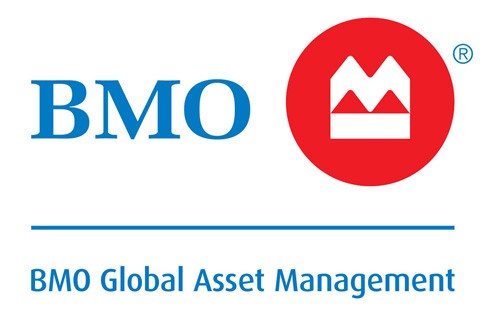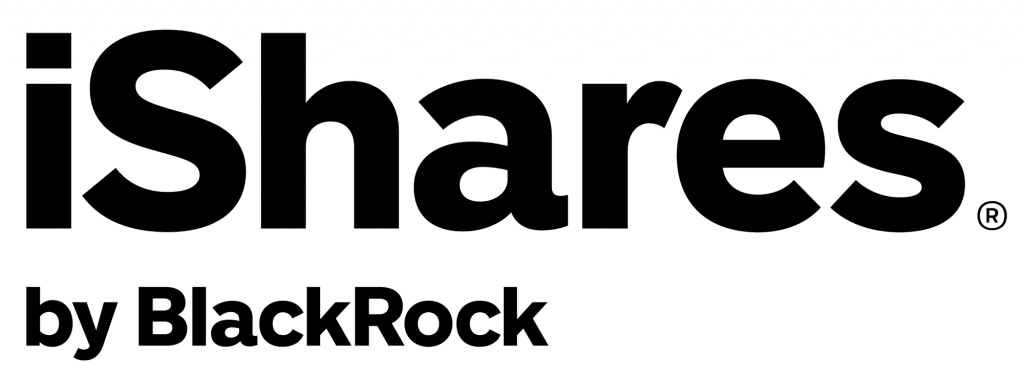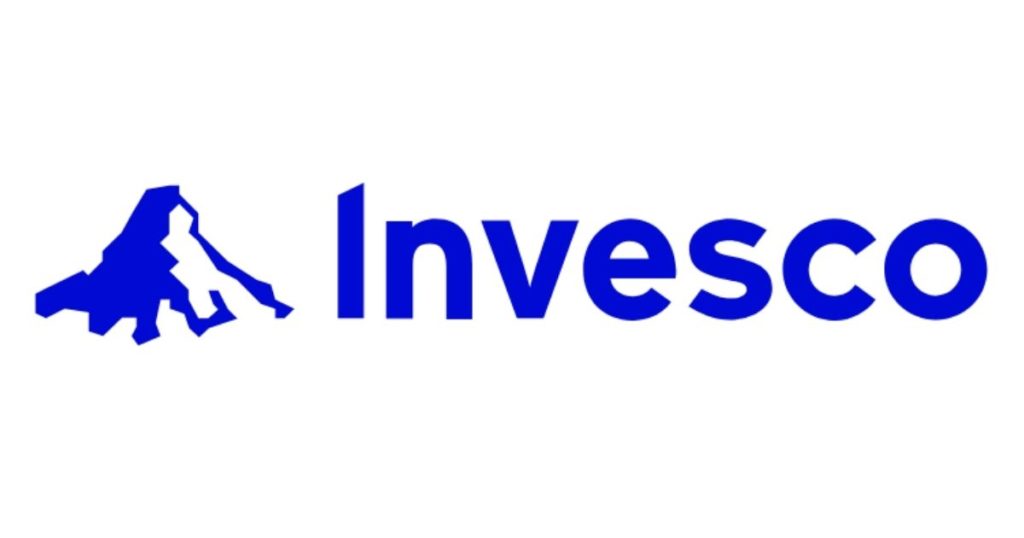The clean energy industry has rapidly become one of the hottest trends for investors worldwide.
The renewable energy industry has seen a massive boost in interest in recent years due to rising concerns about climate change.
Investors interested in capitalizing on the growing demand for clean energy have the opportunity to invest in a potentially profitable space.
My guide to the best clean energy ETFs in Canada will help you identify some of the most promising investment vehicles you could consider for this purpose.
Why Invest in Clean Energy ETFs
Clean energy, also referred to as renewable energy, is progressively becoming an integral part of the global energy mix. This transition from traditional fossil fuels to renewables is driven by a myriad of reasons:
- Environmental Concerns: The impacts of climate change, such as rising sea levels, extreme weather conditions, and changing landscapes, are being felt globally. Investing in clean energy ETFs directly supports industries that are combating these challenges.
- Technological Advancements: The renewable energy sector has witnessed significant technological breakthroughs in recent years, especially in solar and wind energy. This has resulted in a consistent drop in costs, making renewables increasingly competitive with conventional energy sources.
- Economic Opportunities: Renewable energy sectors are generating jobs at a rapid pace. According to the International Renewable Energy Agency (IREA), the renewable sector created over 11 million jobs worldwide in 2022.
- Energy Independence: Relying on clean energy can reduce a country’s dependence on foreign oil, enhancing national security.
The Best Clean Energy ETFs In Canada
There are limited options for Canadian exchange-traded clean energy ETFs, so I’ve included several American ones below as well.
- Harvest Clean Energy ETF (HCLN.TO)
- BMO Clean Energy Index ETF (ZCLN.TO)
- BMO Equal Weight Utilities Index ETF (ZUT.TO)
- iShares S&P/TSX Capped Utilities Index ETF (XUT.TO)
- IShares Global Clean Energy ETF (ICLN)
- Invesco Solar ETF (TAN)
- First Trust NASDAQ Clean Edge Green Energy Index Fund (QCLN)
- Invesco WilderHill Clean Energy ETF (PBW)
- Alps Clean Energy ETF (ACES)
- Invesco MSCI Sustainable Future ETF (ERTH)
1. Harvest Clean Energy ETF (HCLN)

- Ticker: HCLN.TO
- Inception Date: January 14, 2021
- Assets Under Management: $28.48 million
- Management Expense Ratio: 0.40%
- Yield: 0%
- Stock Price: $8.6
- YTD Return: -12.52%
Harvest Clean Energy ETF (HCLN) is one of the newest funds launched on the TSX, and it is a pure play on the clean energy industry. HLCN ETF invests in a portfolio of the 40 largest Clean Energy Issuers that the fund manager chooses from the Clean Energy Investable Universe.
The underlying universe includes internationally diversified equity securities that generate returns solely from renewable energy.
HCLN ETF is a passively managed fund that tracks the performance of 40 equally weighted clean energy companies. However, it does not track a specific market index like most passively managed ETFs you can find.
2. BMO Clean Energy Index ETF (ZCLN)

- Ticker: ZCLN.TO
- Inception Date: January 20, 2021
- Assets Under Management: $71.17 million
- Management Expense Ratio: 0.35%
- Yield: 1.37%
- Stock Price: $14.81
- YTD Return: -10.19%
BMO Clean Energy Index ETF (ZCLN) is a fund designed to provide you with investment returns by tracking the performance of the S&P Global Clean Energy Index.
The fund is another pure-play on the clean energy industry and its asset allocation is weighted based on how the securities are held within the underlying index. The index constitutes companies of small-, medium-, and large-market capitalization across emerging and developed markets.
ZCLN ETF is also a new fund, listed only on January 20, 2021. The passively managed fund comes with a lower cost compared to several other funds listed in this guide.
3. BMO Equal Weight Utilities Index ETF (ZUT)

- Ticker: ZUT.TO
- Inception Date: January 19, 2010
- Assets Under Management: $436.25 million
- Management Expense Ratio: 0.61%
- Yield: 4.43%
- Stock Price: $18.74
- YTD Return: -2.49%
BMO Equal Weight Utilities Index ETF (ZUT) is another Canada-listed fund, but it is not a pure play on the clean energy industry. The fund seeks to provide you with investment results by replicating the performance of the Solactive Equal Weight Canada Utilities Index.
ZUT ETF invests and holds securities with the same weighting as in the underlying index.
The Solactive Equal Weight Canada Utilities Index consists purely of securities listed as utility businesses in Canada. However, the fund allocates only about a third of its assets to the renewable energy industry through the utility businesses held by the fund.
If you are interested in investing purely in the renewable energy industry with zero exposure to returns derived from traditional fuel sources, ZUT ETF might not be suitable for you.

- Ticker: XUT.TO
- Inception Date: April 12, 2011
- Assets Under Management: $278.37 million
- Management Expense Ratio: 0.61%
- Yield: 3.90%
- Stock Price: $24.4
- YTD Return: -1.29%
iShares S&P/TSX Capped Utilities Index ETF (XUT) is another Canada-listed fund that you could consider a part of the list, but it is not a pure-play clean energy ETF. XUT ETF seeks to provide you with investment returns based on the performance of the S&P/TSX Capped Utilities Index.
ZUT ETF is a passively managed fund that allocates its assets to investing in and holding securities as they are held by the underlying index.
The S&P/TSX Capped Utilities Index comprises equity securities listed as utility businesses in Canada. XUT ETF does not offer international diversification, but it allocates a sizeable portion of its funds to the renewable energy industry.
At writing, the fund allocates 18% of its assets to renewable electricity. XUT ETF might not be a suitable investment for you if you want to derive investment returns purely based on the performance of renewable energy-related securities.
The Best Clean Energy ETFs In The US

- Ticker: ICLN
- Inception Date: June 24, 2008
- Assets Under Management: US$3.07 billion
- Management Expense Ratio: 0.40%
- Yield: 1.58%
- Stock Price: $14.12
- YTD Return: -11.15%
iShares Global Clean Energy ETF (ICLN) is one of the oldest clean energy funds. The US-listed fund seeks to provide you with investment returns based on the performance of the S&P Global Clean Energy Index.
It is, by far, the largest pure-play clean energy ETF worldwide, boasting assets under management worth over US$5.76 billion that are diversified across over 80 clean energy companies.
ICLN ETF boasts one of the lowest expense ratios among clean energy ETFs. The fund provides you with exposure to a portfolio of internationally diversified securities.
US-listed securities account for 45.45% of its asset allocation. China comes in second, accounting for 12.38% of its asset allocation. Denmark comes in at third, accounting for 10.80% of its asset allocation.
6. Invesco Solar ETF (TAN)

- Ticker: TAN
- Inception Date: April 15, 2008
- Assets Under Management: US$1.76 billion
- Management Expense Ratio: 0.09%
- Stock Price: $44.49
- YTD Return: -20.33%
Invesco Solar ETF (TAN) is another US-listed fund that is a pure-play on the clean energy industry. The fund seeks to provide you with investment returns based on the performance of a portfolio of publicly-listed securities that rely on solar energy for power generation.
Launched in 2008, it is an older ETF that tracks the MAC Global Solar Energy Index. There are not many solar businesses worldwide, so the fund effectively allocates its assets to roughly 50 companies.
TAN ETF is a passively-managed fund that is more expensive than many other funds listed in this guide. The fund will invest at least 90% of its total assets in securities that comprise the underlying index. You could use this fund to express an industry view of the global solar energy industry.
7. First Trust NASDAQ Clean Edge Green Energy Index Fund (QCLN)

- Ticker: QCLN
- Inception Date: February 08, 2007
- Assets Under Management: US$1.14 billion
- Management Expense Ratio: 0.58%
- Yield: 0.76%
- Stock Price: $35.44
- YTD Return: -17.71%
First Trust NASDAQ Clean Edge Green Energy Index Fund (QCLN) is one of the oldest green energy funds. The fund began trading in 2007 and it seeks to provide you with investment returns based on the performance of publicly-listed securities as they are held in the NASDAQ Clean Edge Green Energy Index.
The underlying fund is a modified market-cap-weighted index that gives larger companies a more significant index weighting.
QCLN ETF is a relatively costly fund compared to other ETFs on this list. QCLN fund boasts the largest Tesla holding among all clean energy funds, capitalizing on investment returns from the performance of the electric vehicle industry atop the broader clean energy market.
8. Invesco WilderHill Clean Energy ETF (PBW)

- Ticker: PBW
- Inception Date: March 03, 2005
- Assets Under Management: US$475.25 million
- Management Expense Ratio: 0.62%
- Yield: 3.68%
- Stock Price: $24.19
- YTD Return: -20.2%
Invesco WilderHill Clean Energy ETF (PBW) is another US-listed clean energy ETF, and it is the oldest on my guide to the best clean energy ETFs in Canada. The fund seeks to provide you with investment returns based on the performance of securities as they are held in the WilderHill Clean Energy Index.
The fund typically invests at least 90% of its assets in publicly-listed securities that comprise the underlying index.
The WilderHill Clean Energy Index consists of US-listed publicly-traded companies involved in the advancement of clean energy and conservation. The passively-managed fund has a high MER, making it costlier than several of the funds listed in this guide.
9. Alps Clean Energy ETF (ACES)

- Ticker: ACES
- Inception Date: June 28, 2018
- Assets Under Management: US$297.82 Million
- Management Expense Ratio: 0.55%
- Yield: 1.44%
- Stock Price: $30.14
- YTD Return: -16.49%
Alps Clean Energy ETF (ACES) is another pure-play on the clean energy industry. The fund seeks to provide you with investment returns based on the performance of publicly-listed companies that comprise the CIBC Atlas Clean Energy Index.
The fund allocates its assets to North American equity securities as held in the underlying index.
ACES ETF narrows its focus on the clean energy companies within the underlying fund, offering you a more pure-play opportunity to invest in the renewable energy industry. The fund is a slightly costlier ETF than many others on this list.
10. Invesco MSCI Sustainable Future ETF (ERTH)

- Ticker: ERTH
- Inception Date: October 24, 2006
- Assets Under Management: US$232.29 Million
- Management Expense Ratio: 0.56%
- Yield: 0.94%
- Stock Price: $41.18
- YTD Return: -12.78%
Invesco MSCI Sustainable Future ETF (ERTH), formerly known as the Invesco Cleantech ETF (PZD), is another pure play on the clean energy industry.
The fund seeks to provide you with investment returns based on the performance of publicly-listed companies that comprise the MSCI Global Environment Select Index. The fund allocates 90% of its assets to securities held in the index.
The underlying index consists of securities that contribute to a more environmentally sustainable economy through more efficient use of global resources.
ERTH ETF diversifies its asset allocation across an internationally diversified basket of over 140 publicly-listed companies. The US-listed securities account for over a third of its asset allocation.
China-listed securities come in second, with a 20.06% asset allocation, and Japan comes in third, with 6.47% of its asset allocation.
Impact of Government Policies on Clean Energy ETFs
Government policies play a pivotal role in shaping the clean energy landscape. Supportive regulations can boost the renewable sector, while restrictive policies can hinder its growth. Here’s how government policies influence clean energy ETFs:
- Subsidies and Tax Breaks: Governments worldwide are offering tax incentives and subsidies to companies operating in the renewable sector. Such benefits can reduce the overall cost of clean energy projects, making them more competitive and driving up the value of related ETFs.
- Renewable Portfolio Standards (RPS): Many jurisdictions have RPS in place, which mandates a certain percentage of energy generated to come from renewable sources. Such policies can significantly drive demand, benefiting clean energy ETFs.
- Tariffs and Trade Policies: The imposition of tariffs on imported solar panels or wind turbines can increase the cost of renewable projects, potentially impacting the value of clean energy ETFs. Conversely, lifting such tariffs can have a positive effect.
- Research and Development (R&D): Governments investing in R&D can lead to breakthroughs in renewable technology, making it more efficient and cost-effective. Successful R&D can be a boon for clean energy ETFs.
- Public Perception and Lobbying: Sometimes, public perception influenced by government statements can impact the stock market. Similarly, lobbying by fossil fuel industries can lead to restrictive policies.
What Is The Largest Clean Energy ETF?
It is surprising to see very limited investment vehicles listed on Canadian stock exchanges. If you are looking for the largest Canadian clean energy ETF, BMO Clean Energy Index ETF (ZCLN) takes the top spot, boasting assets worth $73.76 million at the time of writing.
However, ZCLN ETF does not come close to meeting the more well-established iShares Global Clean Energy ETF (ICLN). ICLN is a US-listed fund that began trading in 2008, and it boasts a massive net asset value of US$5.76 billion, dwarfing all other funds listed in this guide.
How To Buy The Best Clean Energy ETFs In Canada
You can purchase the best clean energy ETFs in Canada through most Canadian brokerage platforms that offer stock and ETF trading. My top choices are Wealthsimple Trade and Questrade.
| Image | Product Title | Features | Price |
|---|---|---|---|
Editor's Choice  |
| Get $25 Signup Bonus | |
Reliable Pick  |
| Get $50 Free Stock Trades |
To learn more, check out my full breakdown of the best trading platforms in Canada here.
Conclusion
Investing in the clean energy industry has to be one of the best moves for Canadian investors looking for exposure to an industry that can provide them with long-term investment returns.
It is no secret that the clean energy industry is well-positioned to boom in the coming years, and investing in the sector could prove to be profitable for you.
The hydrogen market is also another avenue you can explore if you are bullish on the green energy revolution. Check out my guide to the best hydrogen ETFs in Canada to view the options you can consider for this purpose.




